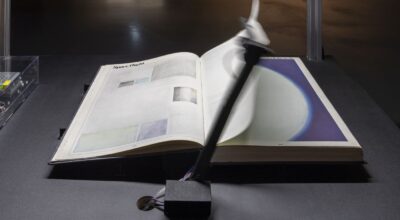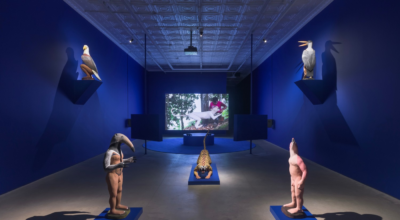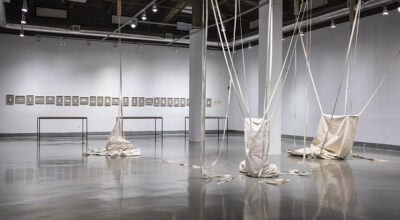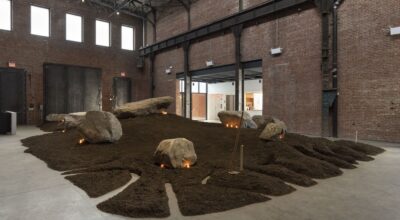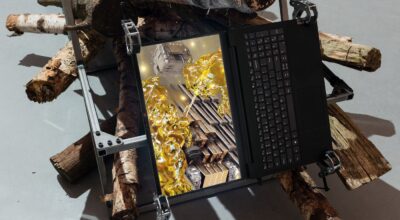English
JJAGƗYƗ: AIR OF LIFE
The exhibition explores the profound impact of colonialism, particularly through the history of boarding schools established by the Capuchin Missions in the region. This colonial legacy has led to the decline of Indigenous languages, a disruption in the transmission of cultural knowledge, and the institutionalization of Christianity.
C.J. CHUECA: MERMAIDS IN THE BASEMENT
For “Mermaids in The Basement”, C.J. Chueca transforms the gallery into a metaphorical space where the different works on display take their titles from poems related to water, intertwining into an immersive installation. The title of the exhibition, taken from a poem by Emily Dickinson, suggests a displacement from a natural place, like the sea or any of our own ecosystems, to an urban environment.
EDGAR CALEL: B’ALAB’ÄJ (JAGUAR STONE) [PIEDRA DEL JAGUAR]
By recovering collective processes of meaning-making linked to the place of belonging, the exhibition calls for the persistence of a present that reverses the neoliberal logic of economic concentration and hyper-individualism. Instead, it offers the possibility of thinking about that shared place where one listens to what cannot be seen with the eyes.

